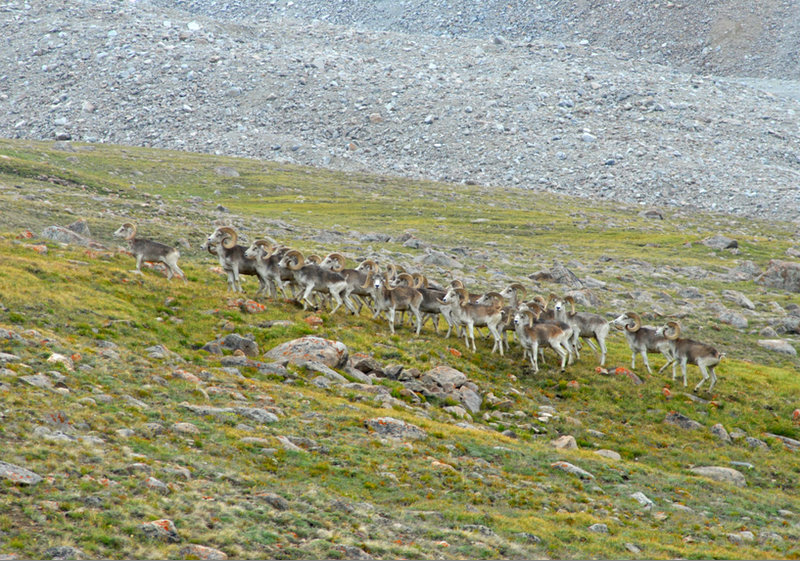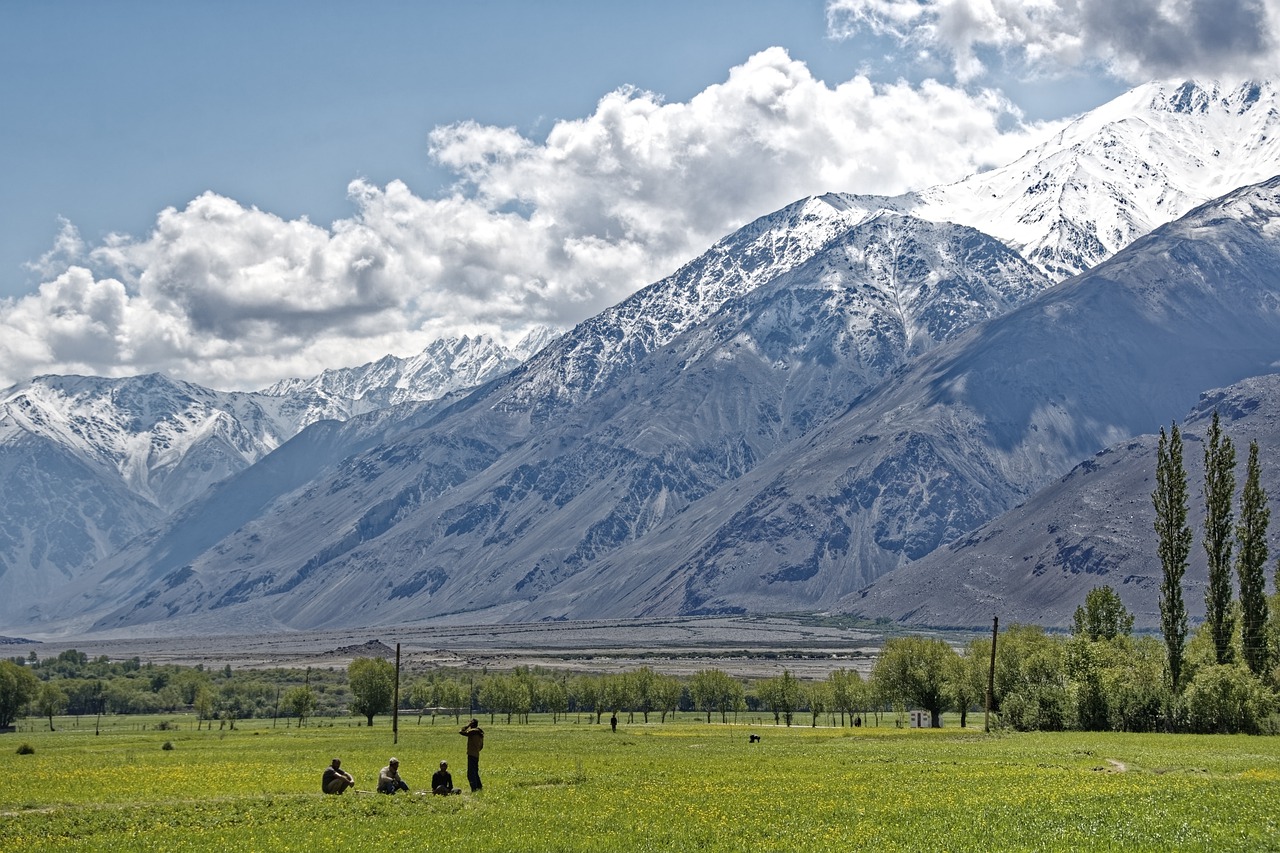National parks protect some of the world’s most important wildlife habitats and rare species that dwell in them. In this article, we look at a selection of protected areas in Afghanistan and endemic wildlife such as snow leopards, jackals, wolves, and bears.
Wakhan National Park
Encompassing alpine grasslands, soaring mountains, and a unique selection of wildlife, Wakhan National Park is located in northeastern Afghanistan. The region is inhabited by several tribes who seek to preserve its culture and traditional way of life.

Recognized as one of the last truly wild regions in the world by Prince Mostapha Zaher, the director general of Afghanistan’s National Environmental Protection Agency, Wakhan National Park lies in a narrow corner of Afghanistan and is bordered by Tajikistan to the north, Pakistan to the south, and China to the east.
The Amu Darya River, which begins in Wakhan National Park, is also the point where the Pamir and Hindu Kush Mountains converge.
The wildlife in Wakhan National Park are incredibly diverse and encompass an array of snow leopards, lynx, wolves, brown bears, ibex, and red foxes, as well as the elusive Pallas’s cat. Wakhan National Park is also home to the famous Marco Polo sheep, which are characterized by their distinctive long horns that stretch almost 2 meters from tip to tip.
Ab-i Istada National Waterfowl and Flamingo Sanctuary
Ab-i Istada, which translates as “standing water,” is located in the Nawa District, Ghazni Province, Afghanistan. This endorheic salt lake lies within a large depression in the southern foothills of the Hindu Kush that was formed by the Chaman Fault System.
With a surface area of around 130 square kilometers, Ab-i Istada is relatively shallow, at around 3.7 meters deep. The lake encompasses two small islands near its southeastern shore: Kuchney ghundai and Loya ghundai.
The Nahara and Sardeh Rivers also drain into Ab-i Istada from the northeast. When the lake reaches a high level, the overflow drains into the Lora River, a tributary of the Arghistan River.
Outside of visits from nomads from Kandahar who pass through the region each summer, the area has remained unpopulated until relatively recently. At the start of the 21st century, the Tarakai tribe began settling near the lake, establishing eight villages within a 10-kilometer region housing a total population of approximately 5,000. Today, local communities engage in a variety of activities such as agriculture; timber collection; and the trapping of peregrine and saker, which are both highly prized falcon species.
The Ab-i Istada National Waterfowl and Flamingo Sanctuary is visited by more than 120 migratory species, including vast flocks of greater flamingos and Siberian cranes.
Bamyan Plateau Protected Area
The government of the Islamic Republic of Afghanistan created this 4,200-square-kilometer national park in November 2019. Located in the Hindu Kush Mountain Range, the Bamyan Plateau Protected Area represents Afghanistan’s second largest protected area after Wakhan National Park.

Bamyan Plateau is geographically diverse and features high-altitude grasslands, jagged rock formations, and deep gorges. Its pristine rangeland and gigantic, deep canyons are home to a plethora of flora and fauna, including the rare Persian leopard, Himalayan ibex, lynx, foxes, pikas, and marmots.
The Bamyan Plateau is the only known area of Afghanistan to be inhabited by boreal owls and Asian badgers.
Nuristan Nature Reserve
Starting to the west of Kabul and ending at Afghanistan’s border with Pakistan, the Nuristan Forest encompasses multiple communities, including Nilaw, Arandu, Sao, Kunar, Pasenta, Nangalam, Kamdesh, and Naray, as well as the region’s capital city, Parun. Cities, towns, and villages in the Nuristan region are home to approximately 140,000 people, with settlers first populating the area about two centuries ago.
The Nuristan Forest is world famous for its outstanding natural beauty. The region is believed to be Afghanistan’s most biologically diverse due to the regional humidity created by Indian Ocean monsoons.
Recent biological surveys carried out in Nuristan Nature Reserve reveal that several species, including gray wolves, leopards, and Asiatic black bears continue to thrive throughout the region. Species commonly observed in the area include Indian crested porcupines, red foxes, rhesus macaques, yellow-throated martens, and golden jackals.
Band-e Amir National Park
Translating as the “Commander’s Dam,” which is believed to be a reference to the Muslim Caliph Ali, Band-e Amir National Park is home to the Hazaras people, who constitute approximately 10% of the total population of Afghanistan.
Recognized as a World Heritage site in 2004, Band-e Amir became a national park in 2009. By 2013, 6,000 tourists were visiting the region annually. Protected by park rangers, Band-e Amir features six separate lakes, the largest of which is Band-e Haibat, or the “Lake of Grandiose.”
Wildlife spotted in the region include urial sheep, wolves, lynx, red foxes, Pallas’s cats, and ibex wild goats. Visitors are drawn to the region by the purported healing properties of the local lakes. In addition, pilgrims frequent the area to visit Prophet Ali’s holy shrine.

